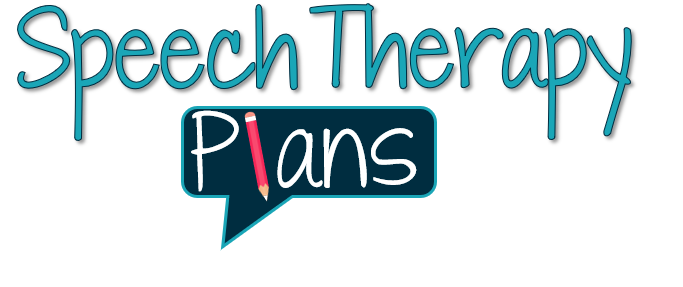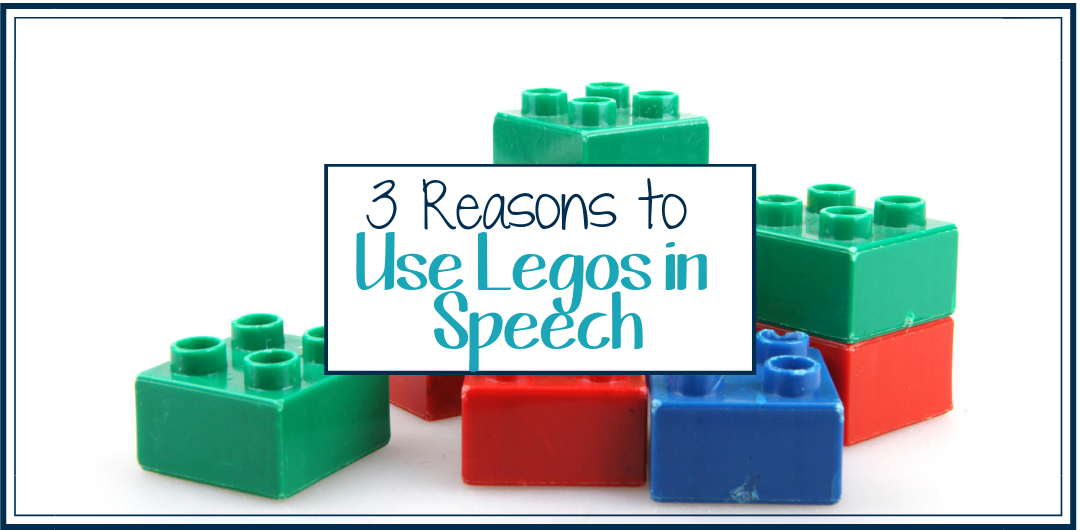Legos As Motivational Tools
Therapists have always found it easier to keep children engaged by using some type of motivational tool. For me, and many therapists, one of the most useful tools has been Legos. These building blocks don’t just serve as a motivation for my students, but also as a way to help my students learn and communicate. Here are 3 ways that I use Legos in speech therapy.
1. Articulation by Numbers

Drilling articulation without play can be boring and decrease the likelihood of carryover. Using Legos along with drilling sounds has been a fun and engaging activity for my students.
Before therapy begins, I write one number (1-5) on each block. During therapy, students are given a carrier phrase that contains their sound in order to ask for any of the blocks. For example, if the student is work on /p/ they would say, ‘Pick _______’ or ‘I Pick _______’, etc. They use the carrier phrase to request the Lego. Students then give a word the amount of times shown on the block.
Example dialogue:
Student: I pick green.
SLP: The green has a number 3. Say, pot three times (or ‘my pot’, ‘that is my pot’, etc.)
Student: Pot, Pot, Pot
SLP: You picked green and said pot three times! (Use visual and or tactile cues when repeating the /p/ sounds the student produced. Then hand the student the block)
Students are usually able to produce 50-100 trials in one session.
2. Learning Language with Legos
Legos can also be used to facilitate and work on a variety of language goals. Just like the articulation activity above, I write a number (1-3) on each block. I also give students a carrier phrase that addresses their goals. For example, if they are working on prepositions, they say, ‘Can I have the block that is next to/under/between/etc.’
After using their carrier phrase, they have to complete the amount of language tasks shown on the block. For example, they have to describe an object with one, two, or three adjectives, following one, two or three directions, give one, two or three items that belong in a category, etc.
3. Vocabulary & Grammar

Grammar
If your students are working on grammar, write a variety of word types on the Legos. Have students create sentences by placing different words/block on each other.
Describing & Defining
Another way to use Legos is to write a vocabulary word on each block. When students select a block they can describe it, define it, categorize it, etc.
Categorizing & Following Directions
Another way to use words on Legos is to give students a direction and have them select the correct block. For example, give them a category (animal) and have them select a block that contains an item in that category (dog).
By using Legos for more than motivation, you are able to help integrate drill and play. It’s not only fun and motivating for students, but it helps them remember their goals, use a variety of language and articulation skills and truly engage in therapy.
Are you bored with playing memory and go fish? Check out my blog post on New Ways To Use Old Flash Cards!
Free 28 Page Word Lists Set!



4 Comments
Tamatha Cauckwell
February 3, 2019 at 4:29 pmLove these ideas and using legos in therapy! I also like using them for following directions that include basic concepts and temporal concepts and working on fluency skills.
speechtherapyfun1@gmail.com
April 2, 2019 at 7:40 pmThank you for reading! Those are great ways to use them 🙂
JaniceSLP
February 8, 2019 at 3:04 amGreat ideas! I like using LEGOs during whole groups when working on social skills. Students earn a LEGO to put on our base to make “connections” each time they participate. It is motivating for students of all ages and levels.
speechtherapyfun1@gmail.com
April 2, 2019 at 7:43 pmThat’s a great idea! Thank you for taking the time to read the post 🙂